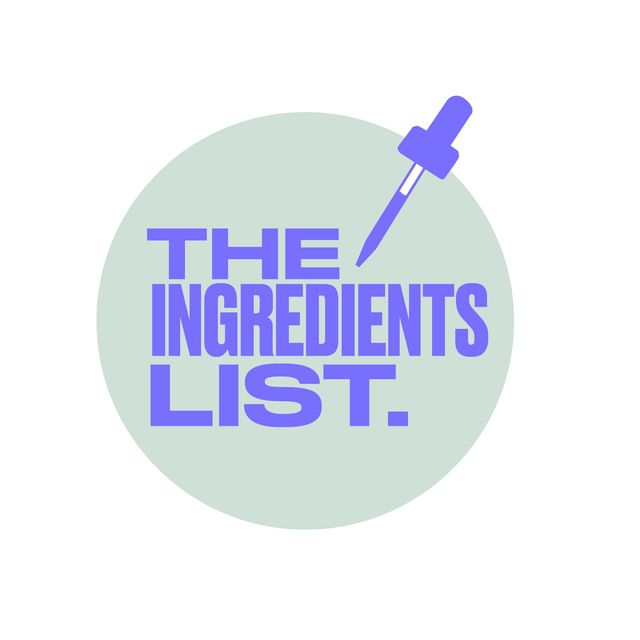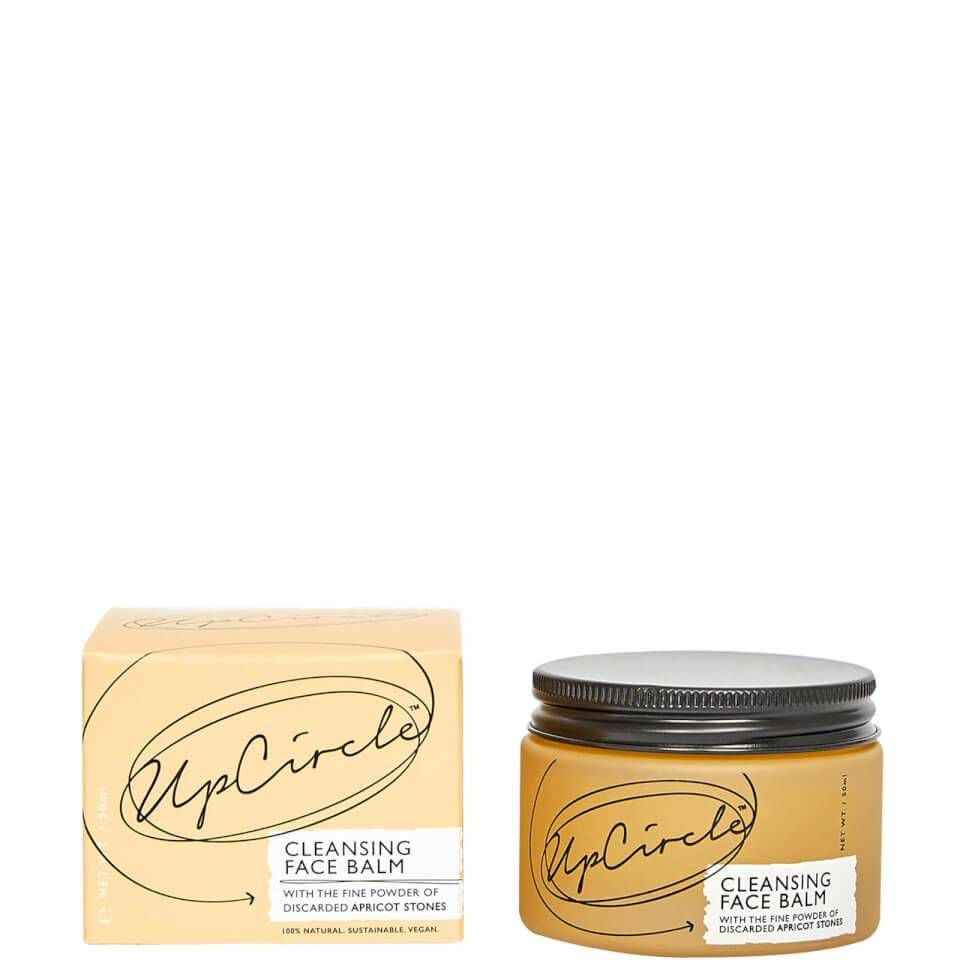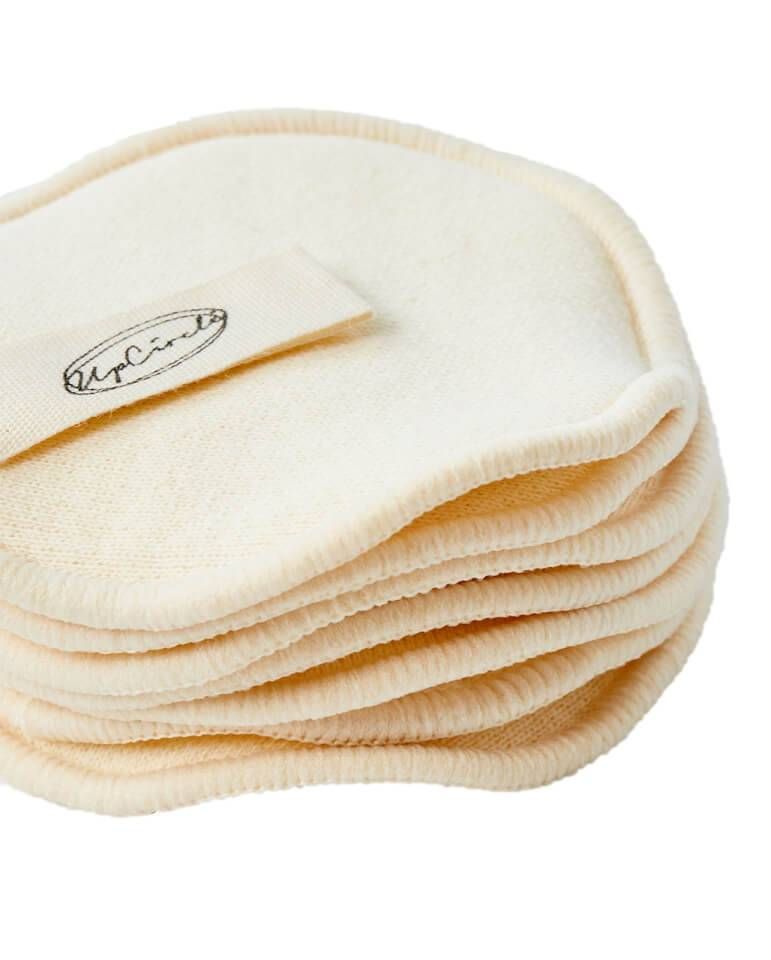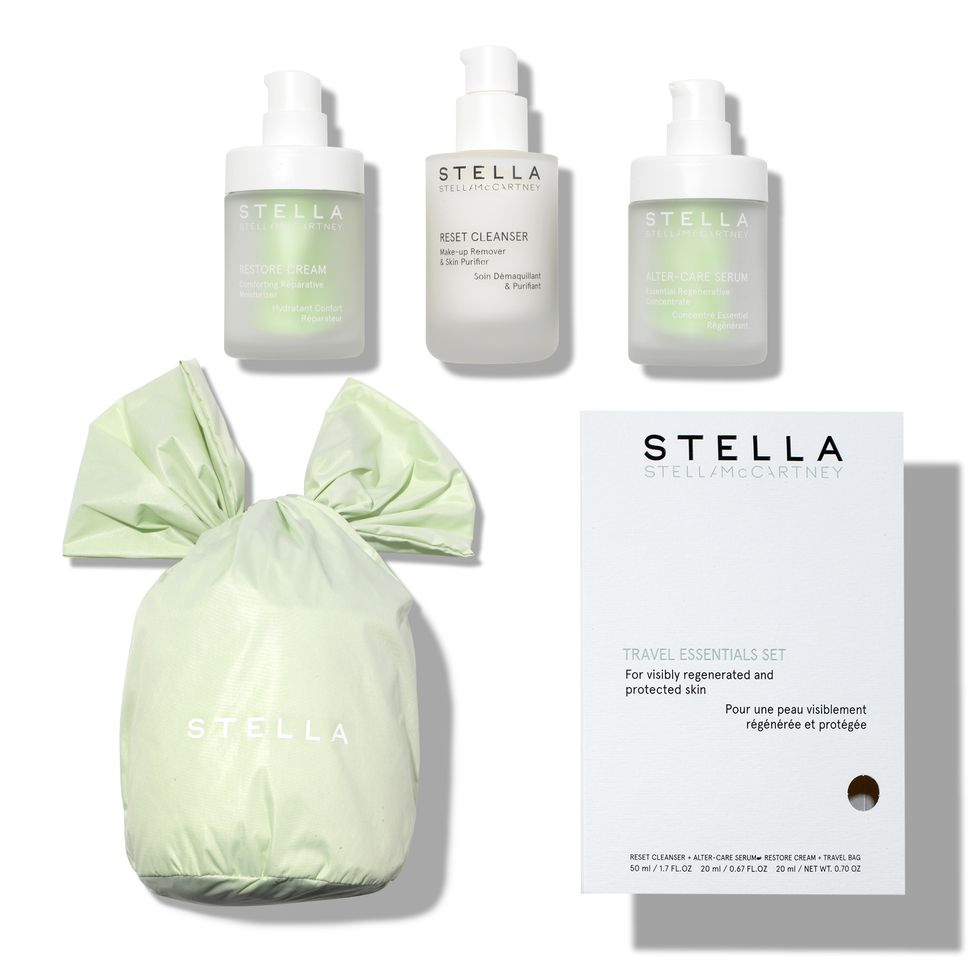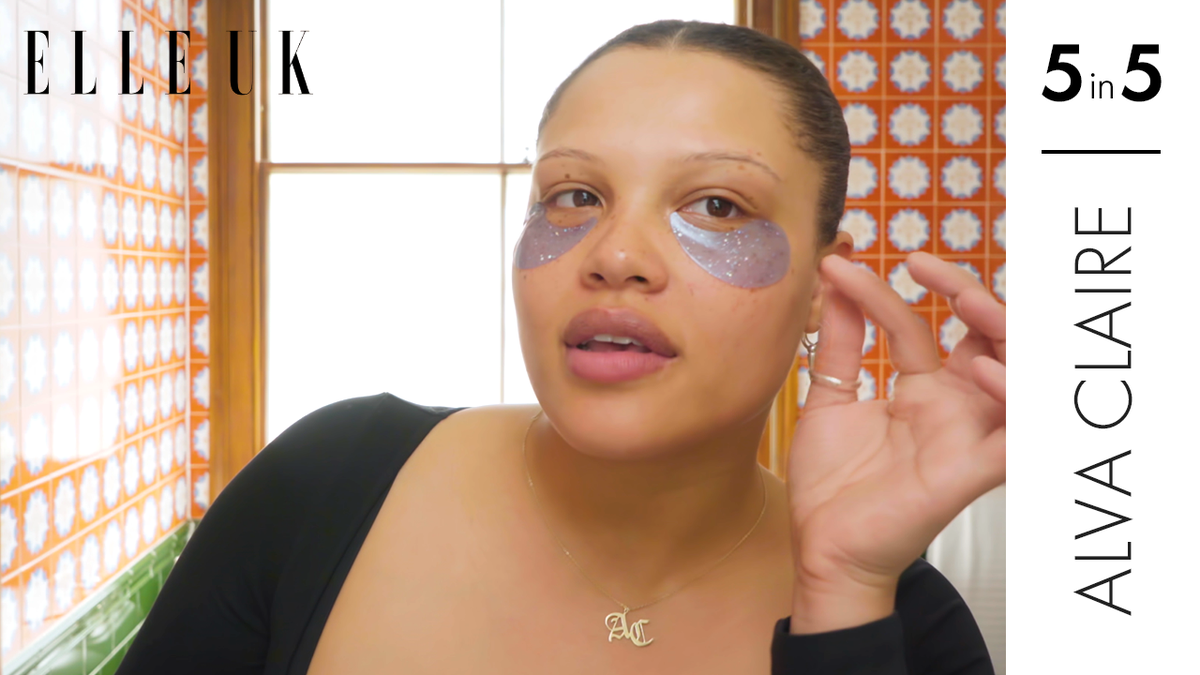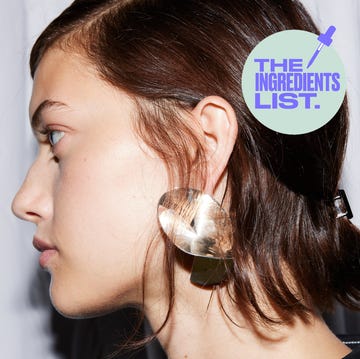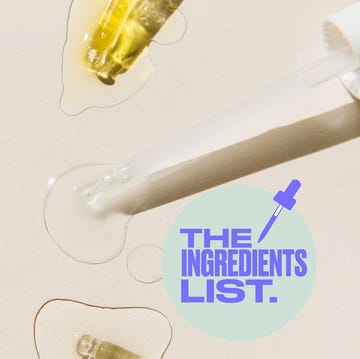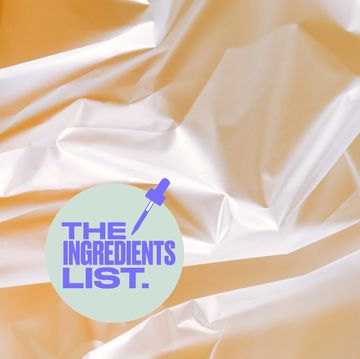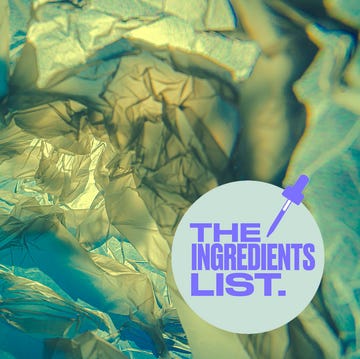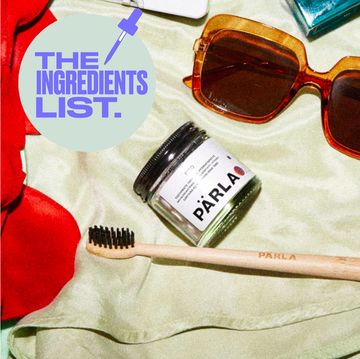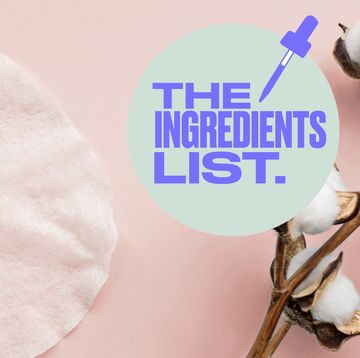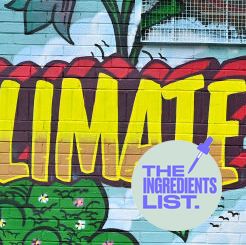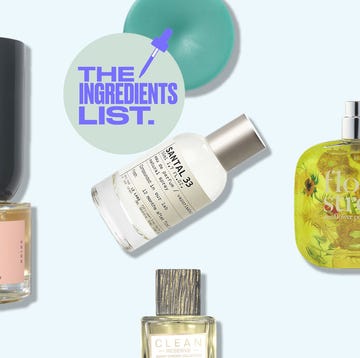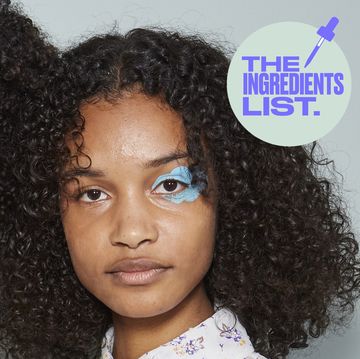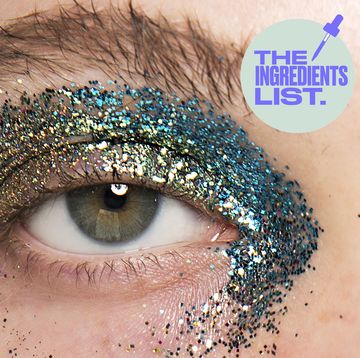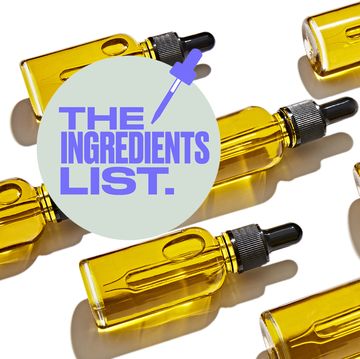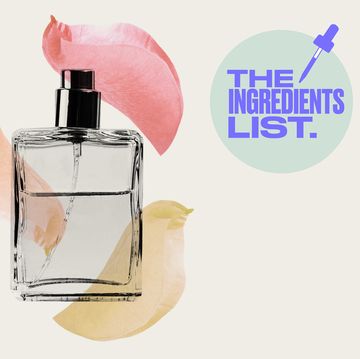The Ingredients List - Breaking down the what, where and why of natural and eco-friendly beauty.
After COP26 we're asking more questions about the planet and sustainability than we ever have before. Consumers want to know not just what product works the best on their face, but what product is best for our planet.
A recent study by the British Beauty Council found that of 23,000 beauty shoppers, almost half (48%) are looking for more information, clarity and transparency about beauty brands’ values and commitments to the environment.
Now more than ever we need to decode what 'sustainability' actually means in the beauty world. Can a product ever be truly sustainable or is it just another marketing ploy designed to seduce more spending? As consumers what should we be looking for when purchasing beauty products? How can we help, and how should we expect the brands we are choosing to buy from help?
Everything You Need To Know About Sustainable Beauty
What does 'sustainable' really mean when it comes to beauty?
For an eco-powerhouse like The Body Shop, sustainability means that everything they do does no harm. Christopher Davis, Director of Corporate Responsibility, explains that the ultimate aim for the beauty business is to enable both the planet and its society to flourish.
'We all have a role to play to ensure the planet can flourish for years to come. Even though challenges like climate change can seem huge and frightening, we can all make positive choices, starting with how we behave, what we choose to buy and use.'
What do consumers need to know about sustainable beauty?
Anna Brightman, co-founder of the pioneering eco beauty brand UpCircle, describes how, 'At present there is a lot of consumer interest in brands who are not impatient to make money, but impatient to enact change. Consumers want to support authentic brands that are committed to the environment, whether that’s through sustainable ingredient sourcing, innovative packaging solutions, or natural and organic products. Consumers are increasingly looking for transparency - is the brand authentic or simply paying lip service ('greenwashing')? The idea of voting with your money is important, people want to buy from brands whose values are their own. As a brand it keeps us on the top of our game if our customers hold us accountable!'
This is a significant shift from what consumers wanted five or ten years ago. Back then, 'the gold standard for beauty brands was to deliver a great product,' says Brightman. 'Now brands are expected to go much further, to stand for something beyond their products. Beauty brands must prove that there is a reason for their existence, one that contributes in some way positively to the environment, to society, or to supporting individual expression.
'Our products are natural, organic, vegan, cruelty-free, palm oil-free, sustainable, handmade in the UK and housed in 100% recyclable and refillable packaging. We say that “natural” is the new “normal” – so let’s stand out from the crowd by going a step further. To us a beauty product is only truly sustainable when it ticks all the boxes and one of those boxes must be circularity.'
What makes a beauty product sustainable?
Let's start with what goes into the product. Being accountable for the ingredients isn't just making sure they're of a high quality and sourced well. It's also thinking about the long-term impact of the ingredients and their impact on the environment. The British Beauty Council have just brought out a Planet Positive Beauty Guide to help answer even more questions - for both consumers and brands.
Innocent ingredients aside, sustainable beauty is about the end to end process. It's about making sure everything from sourcing, manufacturing, packaging and selling is making the tiniest impact possible. To The Body Shop, it also means the people involved in their supply chains and stores around the world are paid and treated fairly.
'Many companies buy all their ingredients from large international traders,' says Davis, 'We take a different approach: 23 of our natural ingredients come through our pioneering Community Trade programme which benefits 25,000 people.'
What keywords should you look for to ensure a product is sustainable?
'My number one keyword recommendation would be anything along the lines of byproduct, circular or upcycled,' says Brightman. 'A product created from an ingredient that already exists is a perfect example of a planet-friendly purchase. The world has finite resources, and at the minute we are depleting them at a scary rate. So, if you ask me, businesses that extend the lifecycle of things that are already in circulation, or find ways to reimagine something that was previously seen as being at the end of its service life, are the right choice for Christmas shopping!
What keywords should we be avoiding?
'When it comes to the keywords to avoid when shopping sustainably I’d say “clean,” “chemical-free” and “non-toxic” are top of the list. The problem is there is no such thing as chemical-free cosmetic products, every form of matter has a chemical composition,' explains Brightman. 'Lots of brands use completely inaccurate phrases like “chemical-free skincare” and “non-toxic beauty” in their marketing which leaves consumers confused. These phrases are understood by consumers to be proof of a brand’s sustainability credentials, when in fact the product may come housed in non-recyclable plastic or have a huge carbon footprint - neither of which are very “clean” at all!'
'I’d recommend looking for products that are 100% home recyclable or home compostable. If the packaging can’t be refilled, the next best option is to recycle or compost from home, meaning no additional transport is required for the product to reach a recycling station.'
What can we as consumers do?
It's not all on the beauty businesses to turn things around. As consumers, we have a lot of power to make change. We can start making sustainable choices just by looking at the label before we choose to purchase a product. Look out for the Leaping Bunny logo, which certifies that the product was not tested on animals. The Fair Trade and Rainforest Alliance logos are also a sign that the ingredients have been sustainably sourced. And always make sure to look out for the familiar ones too - when was the last time you checked that the packaging was recyclable?
And, once you've finished a product, make sure you dispose of it correctly (i.e. don't pour something down the drain that is meant to go in the bin). If your packaging isn't recyclable, see if you can upcycle empty containers or find another use for it.

